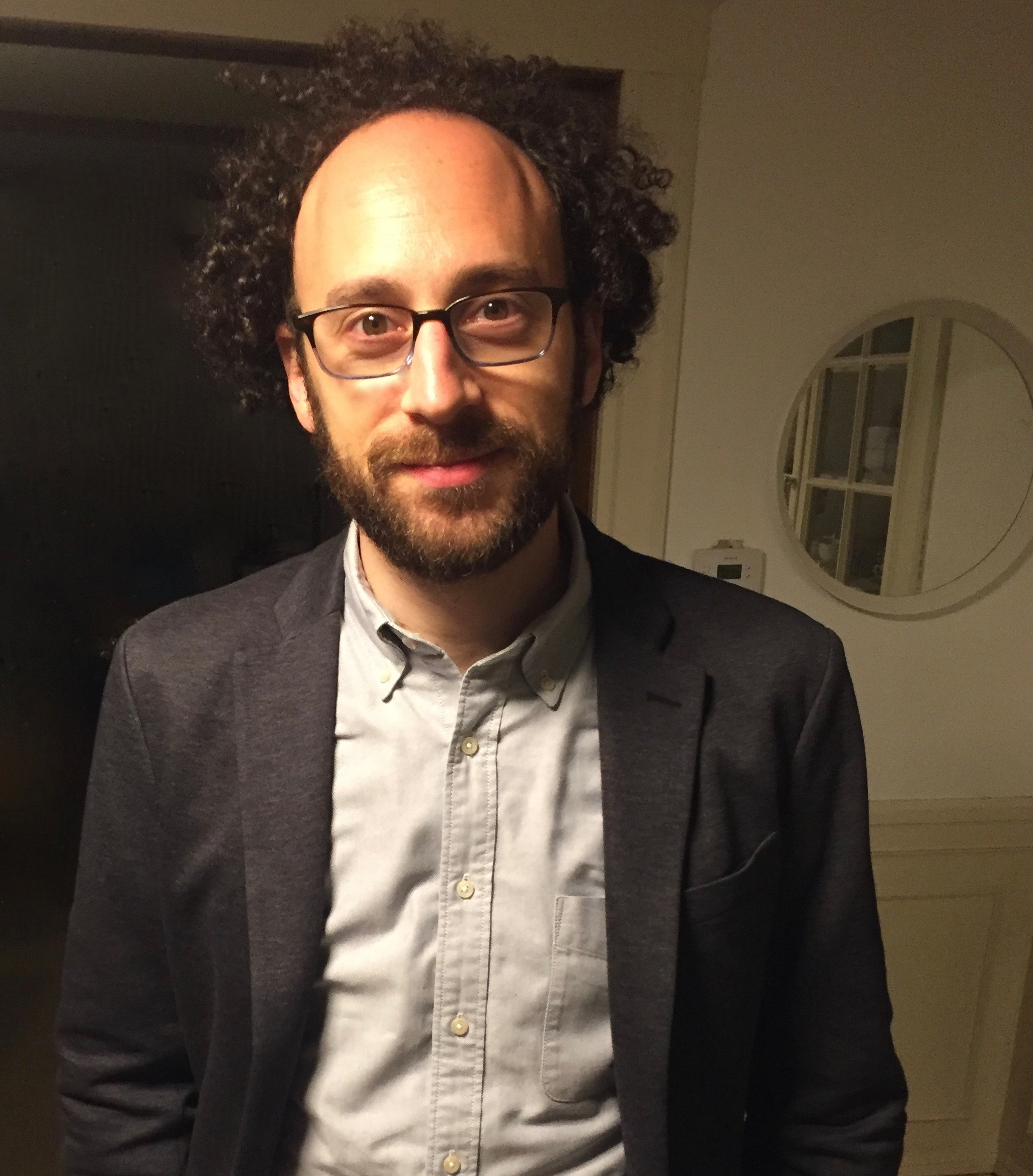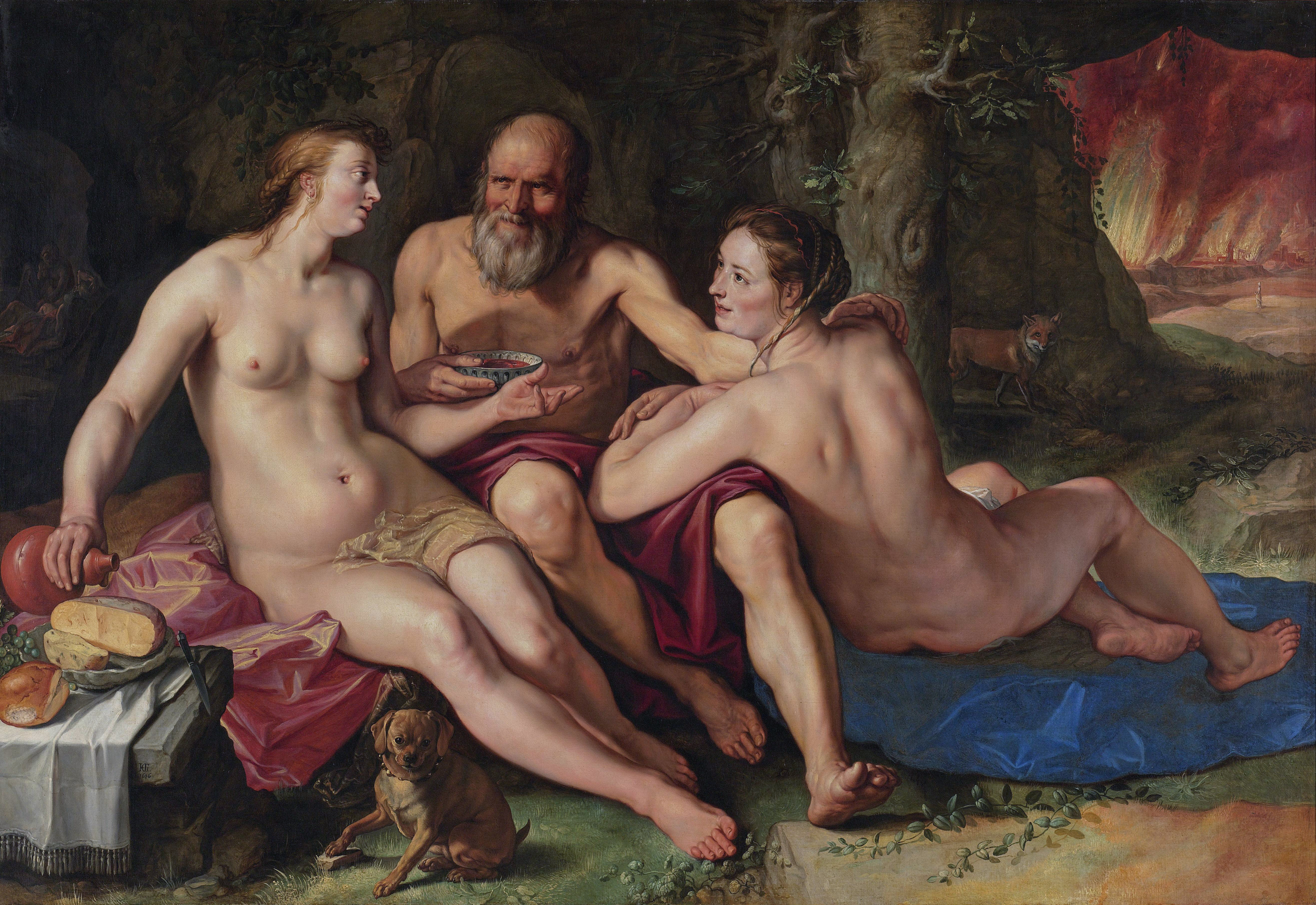Dec 24, 2015
As editors of an online journal of Yiddish Studies, we are often alerted by readers (and by Google or social media) to the frequent mention and use of Yiddish in popular culture, in particular as part of American humor. Yiddish or yiddishized English are staples in the Hollywood repertoire and have become standardized within a variety of American vocabularies. 1 1 Reshaping words for new uses is a standard practice in American English. Which is to say yes, we can Yiddish. Though perhaps we can’t, or shouldn’t, schlong. For instance, a word like chutzpah, however misunderstood, has (amazingly!) become construed as a near fundamental quality of those who seek the American dream and has entered, for better or for worse, into American political and legal lexicons. Even as Yiddish lives and breathes in Hasidic communities the world over, the language can be said to be living various “counterlives” within and through American English. 2 2 As it does in other languages too: Hebrew, Polish, German, Czech, Romanian, even Chinese, and many others. The presence of Yiddish in these and other language communities is a topic that deserves a separate treatment.
That being said, this particular, pop-cultural Yiddish counterlife within American slang makes a major claim on the perception of Yiddish in the wider culture. This claim often rubs many Yiddishists—including the editors of In geveb—the wrong way. For those who study the histories and genealogies of the language, Yiddish is not inherently funny, nor can it be reduced to a set of vulgar phrases and guttural sounds—though Yiddish certainly can, at times, be or do those things. We hope that In geveb, as a forum for new Yiddish scholarship, shows the great diversity of Yiddish cultural expression, from mystical Hasidic longings to anarcho-communist agitations. It is all the more upsetting, then, when we find Yiddish essentialized into a list of words like this one: shmate, fakakte, shtup, shvits, shpilkes, keynore, alter kaker, tukhes, bobe, as found in a recent video taken at the red carpet for the relaunch of Fiddler on the Roof on Broadway:
Fiddler on the Roof Red Carpet ChallengeCan the Fiddler on the Roof cast and friends define these Yiddish words correctly?!
Posted by Playbill on Monday, December 21, 2015
Fiddler on the Roof Red Carpet Challenge
Can the Fiddler on the Roof cast and friends define these Yiddish words correctly?!
Posted by Playbill on Monday, December 21, 2015
Earlier this month, Michael Hingston wrote about words and humor in The Walrus magazine: “the inherent funniness of a word, or at least non-words that are free of context and associative biases, can actually be quantified. And not all nonsense words are created equal.” Which is to say that an American English-speaker with little or no knowledge of Yiddish is likely to process a borrowed Yiddish word (or indeed a word in any language of which the listener has no knowledge) as babble—but that some words are likely to come off as funnier than others. Hingston goes on to quote language psychologist Chris Westbury, who claims that “Fluent English speakers...are used to words sounding a particular way. So when they come across clusters of letters or syllables that are unusual, their expectations are suddenly violated—and the by-product of that violation is laughter.”
In the case of Yiddish, which is more like English than a lot of other languages—since they both share Germanic roots—and which has a major historical and contemporary presence in American culture, the confusion and amusement of an uncomprehending listener is doubled (if not tripled). Subsequently, this laughing with or at Yiddish has become culturally sanctioned or even canonized. Yiddish as a “funny” language is more or less a fact of American cultural literacy. It would be nearly impossible to understand a large amount of American comedy without this stereotype of Yiddish. To go even further, one could say that this model of immigrant-language-as-comedy has been copied/translated/appropriated for other immigrant, ethnic, and racial communities of North America. 3 3 It feels important to note here that there’s a difference between mainstream American culture’s affinity for Yiddish and a specifically Ashkenazi Jewish American appropriation of Yiddish, which is more the paradigm in which the Playbill video is operating. What does it mean for someone (likely) descended from Yiddish-speaking immigrants to openly poke fun at the language of their ancestors, in front of an online audience who might lack an understanding of the layered performance taking place? What does it mean when those who claim a Jewish identity put on Fiddler and use the show to minimize or even trivialize the Eastern European experience?
Fiddler on the Roof also participates in this entertainment-driven image of Yiddish. Still, even though the musical has humorous elements, the story it tells—families torn apart and expelled from their homes, their way of life forcibly uprooted—isn’t light or easy. The novel it is based on, Sholem Aleichem’s Tevye der milkhiker (Tevye the Dairyman), can be read as a meditation on the struggles of Jewish modernity and the realities of constant economic, geographic, or emotional instability. The musical’s recent Broadway relaunch comes at a moment when immigration and national instability is vibrating in the popular consciousness. Despite its comedy and the inevitable Broadway romance of it all, the musical does not merely trade in the stereotypes of Yiddish comedy and sentimentality (for which the musical has been and will continue to be criticized) but rather can also be seen as a repeated invocation of other genealogies of Yiddish culture and history. Yes, the past keeps returning to us, as urgent as ever. When the chorus confidently chimes in with the expected “Tradition!,” audiences—especially if they have a connection to Yiddish—cannot help but also hear it as a pressing, if not desperate, question: what is the value of the past—and exactly which past—for the uncertain present? It’s a question for which ordinary life and conversation doesn’t always allow.
So when Sholem Aleichem’s language, which he employed with virtuosity to consider the complexity of Jewish modernity and to create a literary heritage so deeply embedded in Yiddish culture, is reduced to a list of “funny words,” we cannot help but be dismayed. To be fair, at a time in which going viral is valued as the height of cultural relevance, we are not immune to a certain type of jealousy if not desire to mimic this model of Yiddish, a kind of humor that might get our site more clicks. But such a reduction of Yiddish, as legitimate and entertaining as it is, also erases a more complex cultural heritage.
We are not the first to decry such a reduction and impoverishment of Yiddish. We point our readers, for instance, to Rokhl Kafrissen’s comments on this topic. She writes: “While among Yiddishists the narrative about Yiddish may be growing and changing in exciting ways, for most American Jews, the narrative hasn’t changed one bit in decades. The path to Yiddish is a rickety, slightly disreputable footbridge across the vast historical chasm between then and now. And the best we can expect from non-specialized, non-academic publications is yet another list of Yiddish words the author thinks s/he knows, strung along the familiar domestic recollections…In the popular imagination, among ordinary civilians and even the most elite academics, Yiddish remains a rigid list of misheard, misapprehended words and expressions, with an emphasis on the vulgar and the ‘colorful’ (oh how I shudder to hear that word).”
To be sure, we don’t want to fetishize knowledge or make some sort of proprietary claim on Yiddish. We are not in the business of defining the “right” Yiddish or the most authentic Yiddish. Yiddish is and was the language of many different homes and communities, and this kind of list-making, however reductive, likely resonates with a large population’s personal experience of the language, invented or otherwise. Indeed, such a video is a legitimate appropriation of Yiddish. It participates in an image of the language that has a long immigrant history, beginning on vaudeville stages on the Lower East Side, transferring to the Borscht Belt, and then appearing in and reshaping several Hollywood vocabularies. To learn more about these appropriations, we recommend checking out the recent YIVO exhibit “Jewface” by In geveb board member Eddy Portnoy. Another recent example of Yiddish in the popular American imagination is the Yiddishized dialogue all over the new, and brilliant, Amazon series Transparent. 4 4 Stay tuned for more reflections on Transparent, and Yiddish in TV, in these pages soon! We do not want to stifle these expressions. Rather we want to offer a range of alternative voices, to present the many lives, counterlives, and afterlives of Yiddish. In geveb aims to join with a growing number of cultural activists in voicing the Yiddish past, present, and future. To name just a small sampling of organizations doing and supporting this important work in North America: Yiddish New York (which starts today!), Forverts, Yugntruf, The Yiddish Book Center, Yiddishkayt, Yiddish Farm, Klezkanada, The Workmen’s Circle, Di Yidish-lige, and many others. 5 5 We also seek to connect this work with those undertaking similar projects across the globe. A very small and very partial sampling: Maison de la Culture Yiddish - Bibliothèque Medem in Paris, Żydowski Instytut Historyczny in Poland, Beit Sholem Aleichem in Tel Aviv, and many others around the world.
The counterlife we imagine is this one: a life in which we are not tasked with redefining the Yiddish language or culture because its multiplicities are accepted, apparent, and deemed worthy of investigation and cultural expression. We hope to build an image of the language in which the cultural need to objectify and reduce Yiddish—or any other minority language or culture—is recognized as a form of silencing and erasure. We imagine a counterlife of many intersections in which not-knowing is acceptable and in which avenues of learning are available and celebrated. A counterlife in which jokes can be made in Yiddish, but Yiddish itself is not the joke.
Read Michael Yashinsky’s review of Fiddler here.




